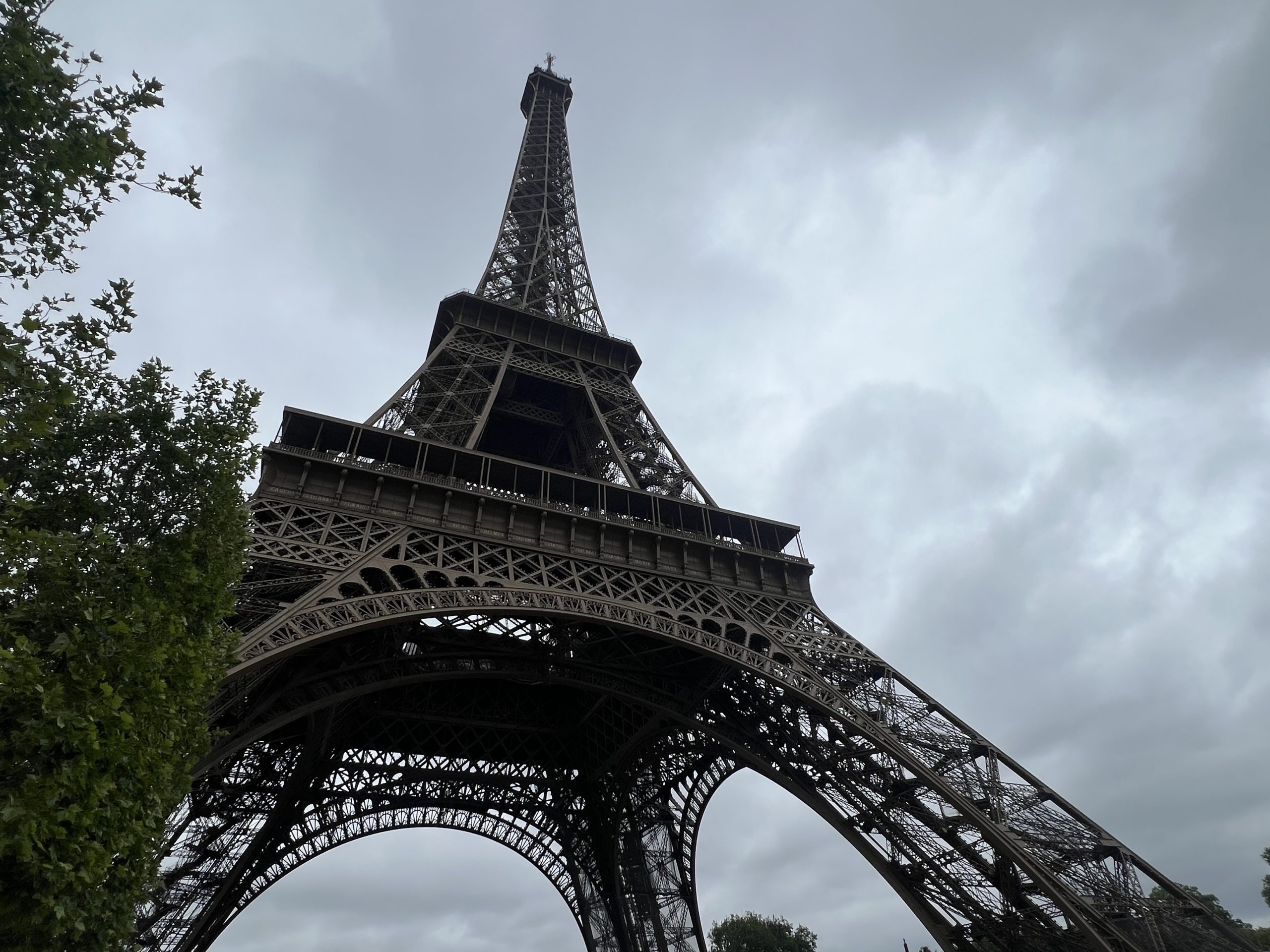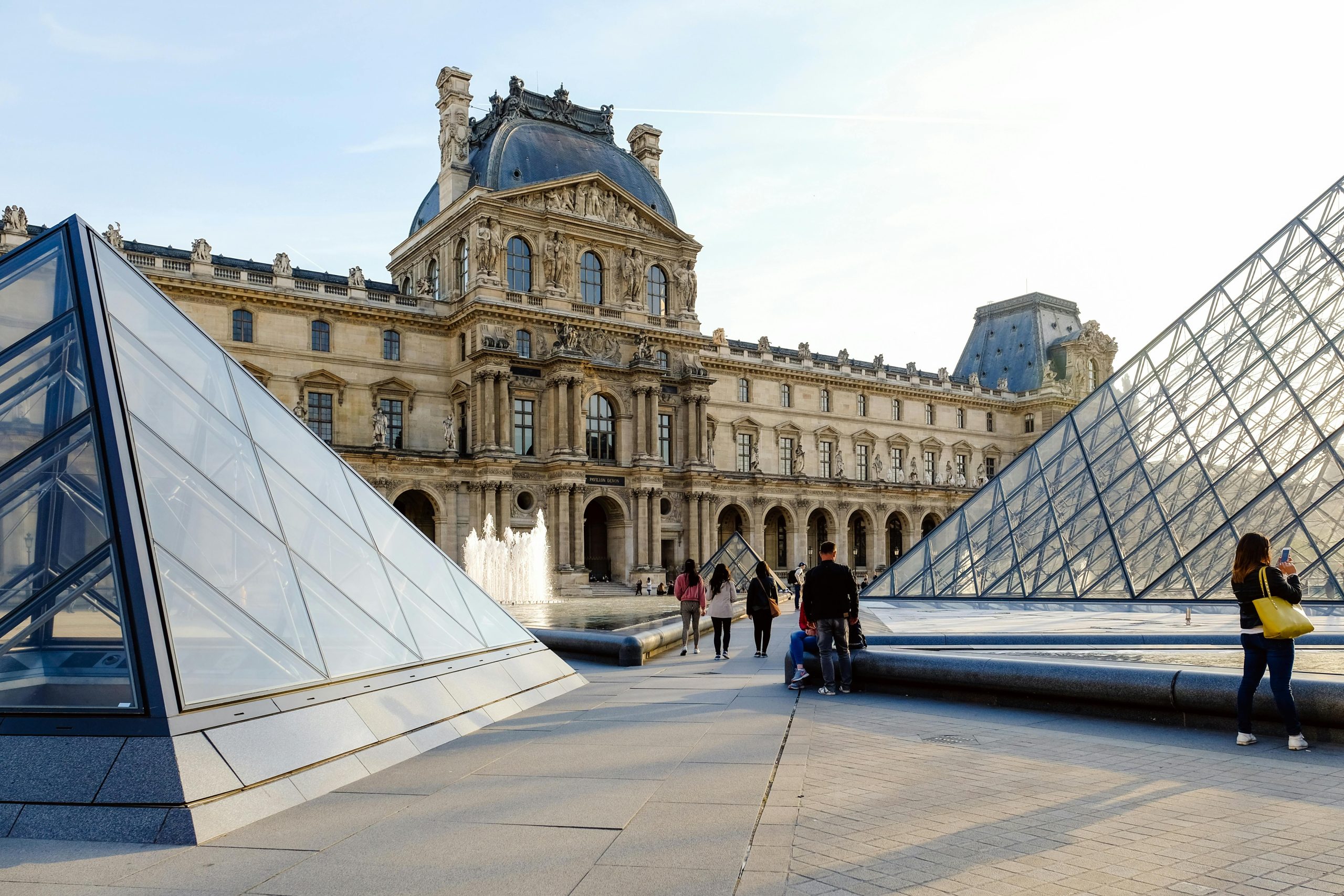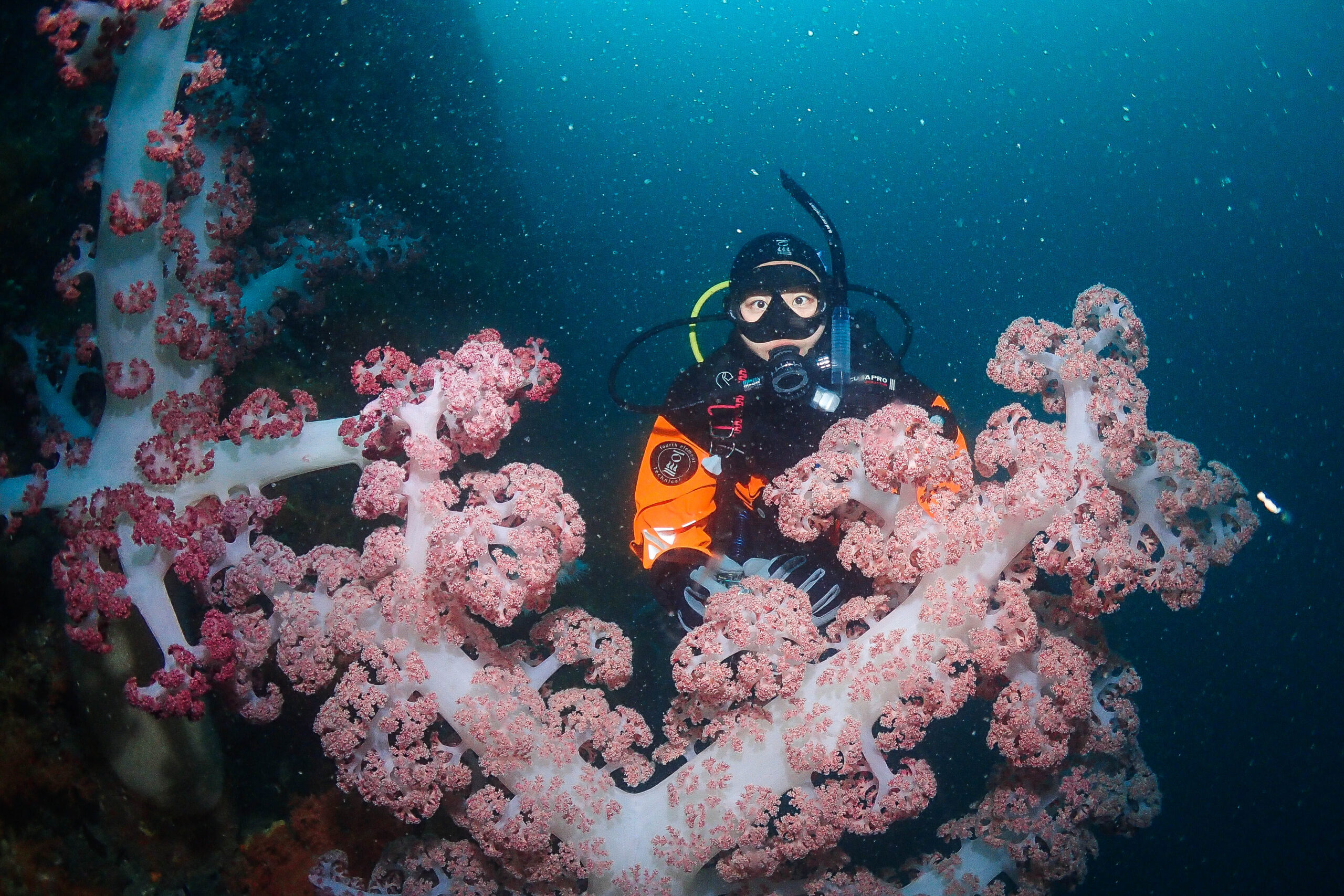Since I have limited time in Germany and my priority is to follow the traces of the Second World War, I spend most of my time in Berlin. But I had heard so many good things about Hamburg that I couldn’t not go. I bought my bus ticket from a local bus company and started the three-hour journey from Berlin to Hamburg, which was not at all comfortable.


The second largest city in Germany, Hamburg is a city full of the magic of water, bridges and canals. Known as the “Gateway to the World”, Hamburg is home to one of the largest ports in Europe. You can see the wealth brought by trade as you walk the streets. I had only one night in this fascinating place in the north of Germany. I didn’t have enough time to visit the iconic sights, but it was more than enough to get lost in the streets and let the city tell me its own story.

Hamburg’s wealth and power dates back to the Hanseatic League. This trade network that connected Europe in the Middle Ages made Hamburg not only a merchant city but also the kingdom of trade. Even today, the city’s stately buildings, historic warehouses and bustling harbor keep this centuries-old spirit of trade alive.


Since I had limited time in the city, I used my favorite method of exploration: walking with no goal. Hamburg is one of the best cities to explore on foot. With its wide avenues, magnificent buildings and small, cozy cafes interspersed among them, you feel like discovering something new with every step.

At one point I found myself in front of St. Michael’s Church (Michel). The tower of this baroque church, one of Hamburg’s most famous buildings, has been a guide for sailors for centuries. I didn’t go inside, but just standing and watching it was enough… as if it was silently guarding the city’s maritime spirit.


Water has a great influence on the shape of Hamburg. Not only the Elbe River, but also the canals and large lakes that run through the city create this structure. As I walked along the shore of Lake Binnenalster, I saw people chatting and walking, while others just dived into the water and thought. The light reflections on the lake gave the impression that the city was telling its own story.

Then I reached Speicherstadt – Hamburg’s famous warehouse district. This historic area, lined with red brick buildings, was once a place where coffee, tea and spices from all over the world were stored. Today it’s filled with modern museums, offices and chic cafes, but there’s still a hint of the past in the air.

As I continued walking, I heard the sounds of music. Hamburg has a great musical history. One of the most famous stories is that The Beatles got their start in music here. Before Liverpool, they found themselves playing in Hamburg’s clubs.

Hamburg is a city in constant motion. Ships come and go, commerce circulates, music fills the streets. But there is also a stillness in all this activity. As if the city is at peace with its past, present and future.


I didn’t go to the Elbphilharmonie concert hall, I didn’t take a boat tour of the harbor, I didn’t even go up to the top of Michel to see the view. But I felt the spirit of Hamburg in just one night.
Would I go back again? Definitely. But even if I don’t, this one night was enough for me – it was as if every street in Hamburg told its own story and every step I took took me on a journey through time.











